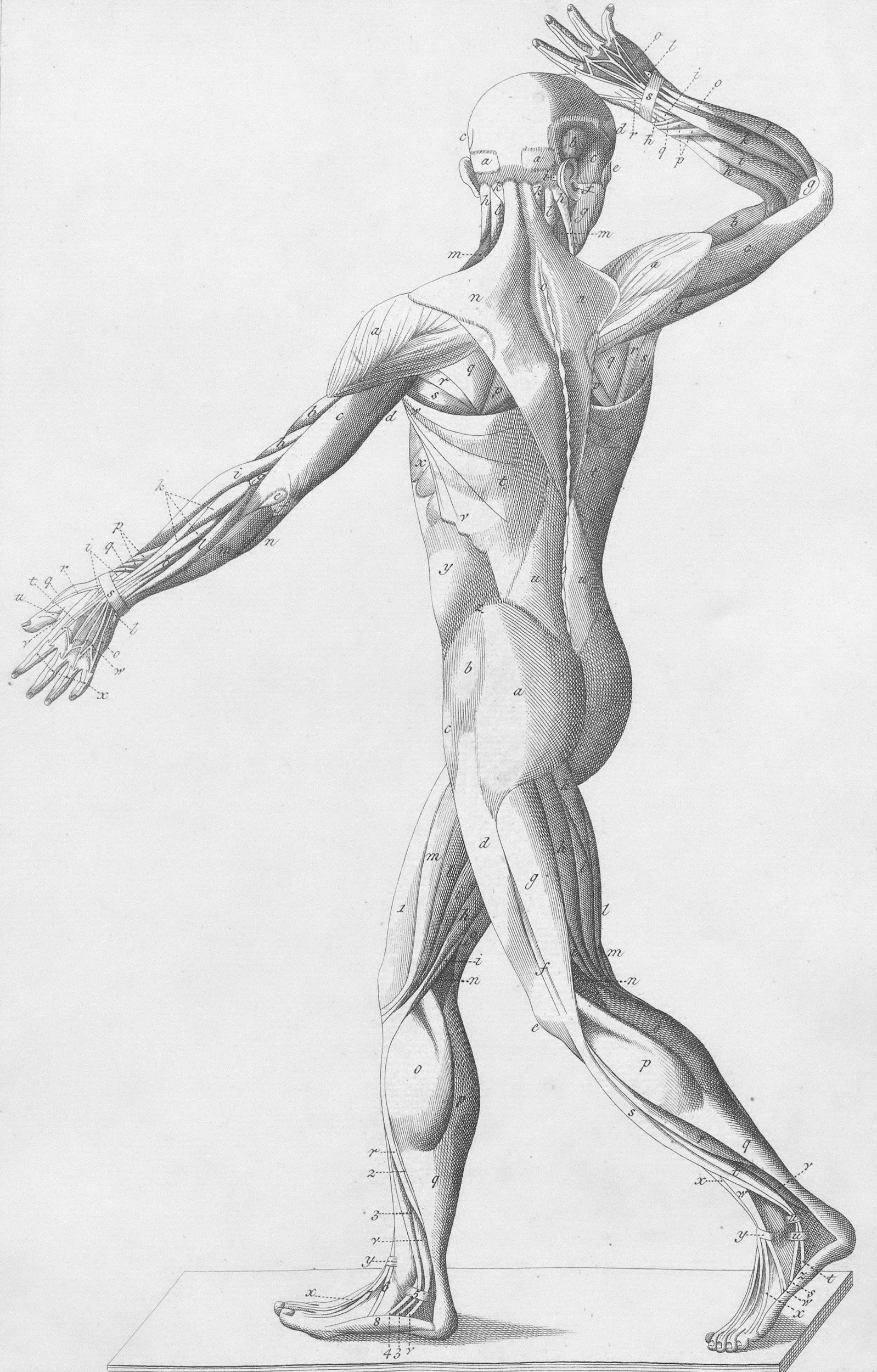Integrative Treatments
Osteopathic Medicine
Osteopathic medicine is a patient-focused approach to health care that takes into account every aspect of the patient, including his or her physical, personal and spiritual well-being.
Osteopathic physicians, DOs, assist the patient’s innate capacity to heal by addressing the interrelationship of the body’s nerves, muscles, bones and organs using the therapeutic application of manual techniques, Osteopathic Manipulative Treatment (OMT), to address the changes in body structure to improve physiologic function.
Osteopathic Manipulative Treatment (OMT)
As part of their education, DOs receive special training in the musculoskeletal system, your body’s interconnected system of nerves, muscles and bones. Using OMT, your DO can effectively treat your muscles and joints to relieve pain, promote healing and increase overall mobility.
OMT is often used to treat muscle pain, but it can also help provide relief for patients with asthma, sinus disorders, carpal tunnel syndrome and migraines. In many cases, OMT can be used to complement, or even replace, drugs or surgery.
Acupuncture
Acupuncture is part of the ancient practice of Traditional Chinese Medicine. Traditional Chinese Medicine describes more than 2,000 acupuncture points throughout the human body connected by pathways or channels. These pathways create an energy flow, Qi, through the body that is responsible for overall health. Disruption of the energy flow can cause disease. By applying acupuncture needles to certain points throughout the body, the energy flow can be optimized which in turn improves health.
Studies have shown that acupuncture is effective for a variety of conditions including (but not limited to) the following:
Pain conditions:
Back and neck pain, Shoulder pain, Osteoarthritis, Headache and Migraine, Myofascial pain syndrome, Sciatica, Postoperative pain, Fibromyalgia, Tennis elbowWomen’s Health:
Back or pelvic pain during pregnancy, Menopausal hot flashes, Chronic pelvic painMental Health:
Anxiety, Depression, PTSD, InsomniaCancer-related:
Treatment related nausea and vomiting in cancer patients, Cancer pain, Cancer related fatigue, Aromatase-inhibitor induced arthralgiaOther:
Irritable bowel syndrome, Seasonal allergies, Urinary incontinence, Asthma, TMJ (Temporomandibular syndrome), Restless leg syndrome
Trigger Point Treatment
Trigger point treatments focus on the evaluation and management of myofascial trigger points, small, hyperirritable areas within muscles that can cause local and referred pain, muscle tightness, and restricted movement.
These treatments may involve the use of fine needles (similar to acupuncture needles) for dry needling, or small-volume injections (such as saline or local anesthetic) directly into trigger points to relieve pain, reduce muscle tension, and restore normal function.
Studies have shown that trigger point treatments are effective for a variety of conditions including (but not limited to) the following:
Pain conditions:
Myofascial pain syndrome, Neck pain, Low back pain, Shoulder pain, Tension-type headache, Migraine associated with myofascial dysfunction, Temporomandibular disorder (TMD), Plantar heel painMusculoskeletal injuries:
Repetitive strain injuries, Sports-related muscle pain, Postural strain and muscle imbalanceOther:
Restricted range of motion due to muscular tightness, Chronic muscle tension contributing to widespread pain syndromes



